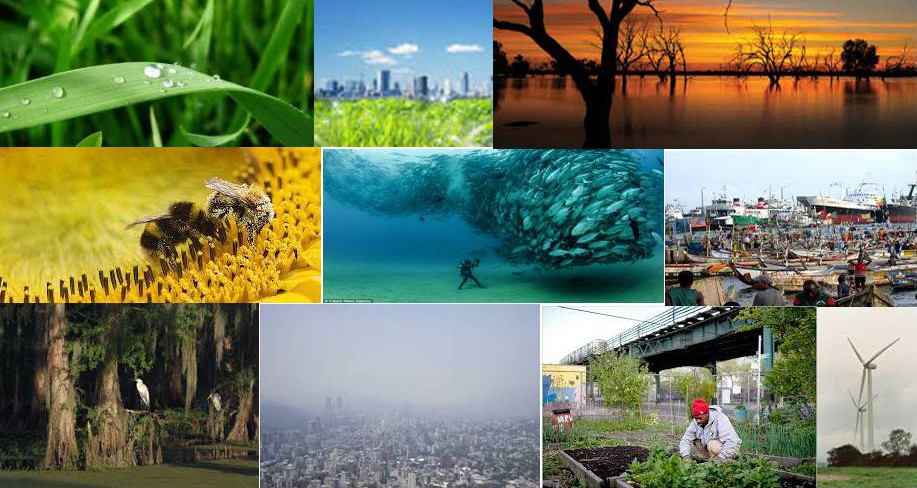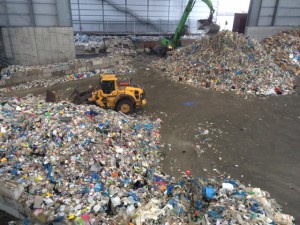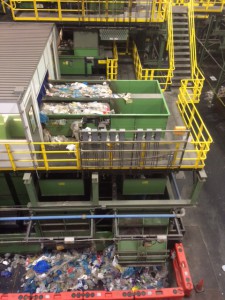Allyson Lau
Environmental Economics
Fall Semester
SIMS Recycling Facility
Growing up living in Brooklyn along the neighborhoods of Sunset Park and Bay Ridge I never knew the 30th Street Pier in the South Brooklyn Marine Terminal even existed. In December of 2013, this pier eventually became the location for a new recycling facility operated by Sims Municipal Recycling. Before attending the trip to Sims Municipal Recycling, I only thought the facility would provide us with information on recycling and reusing recyclable garbage to produce new products. However, after visiting the Sims recycling facility I have learned that there is so much more beyond recycling and reusing. The tour provided the class with interesting information as we were guided through observation decks and into the mazes of hallways and staircases between machines. Students got a sense of how intricate and efficiently consolidated the space was. Recyclable materials were traveling vertically, horizontally, back and forth between different sensors and sorters before they ended up neatly packed in cubes.
The Sims facility is responsible for sorting out metal, glass, plastics and many other miscellaneous wastes collected in New York City. It has a capacity to process 1,000 tons of material a day that is eventually sold to customers all around the world. An interesting fact I learned while visiting the recycling facility was that, 50% of New York City’s paper isn’t processed through Sims machinery but instead, the paper waste gets distributed throughout other companies. There are even conveyor belts that sort through plastic bags by opening them to make sure each waste is separated and then individualized into a compressing machine.
Its facility is built and designed using sustainable practices to minimize environmental impact. For example, a large amount of the city’s recyclables travel to the recycling center through waterways to reduce pollution and traffic. According to nycedc.com, that “displaces 150,000 annual truck trips and thereby having a positive impact on street congestion.” One of their main ideas for creating this facility is to import and export materials mostly by barge. Because of its location, the city utilizes maritime transportation to bring large portions of the recyclables to the facility. Of course there is truck access, as well as rail siding but over 850ft of dock is for material coming in and material going out.
Maritime transportation is a sustainable and cost effective way to move freight. Sims recycling facility utilizes New York’s waterways daily, as opposed to vehicles traveling on city roads, which benefits on infrastructure maintenance, fuel consumption, congestion, and vehicle emissions. While discussing the topic of sustainability, the facility was also built to embrace marine life. The city specifically constructed three reefs off the west end of the pier that provide new habitat for marine life. In addition, the Sims recycling facility incorporates many sustainable building features such as being raised 4 feet higher in order to keep it from being damaged by sea level rising and storm surges. Although it was a terribly windy and rainy day to visit the SIMS recycling facility, it was definitely worth it to know how our wastes are being disposed daily.





